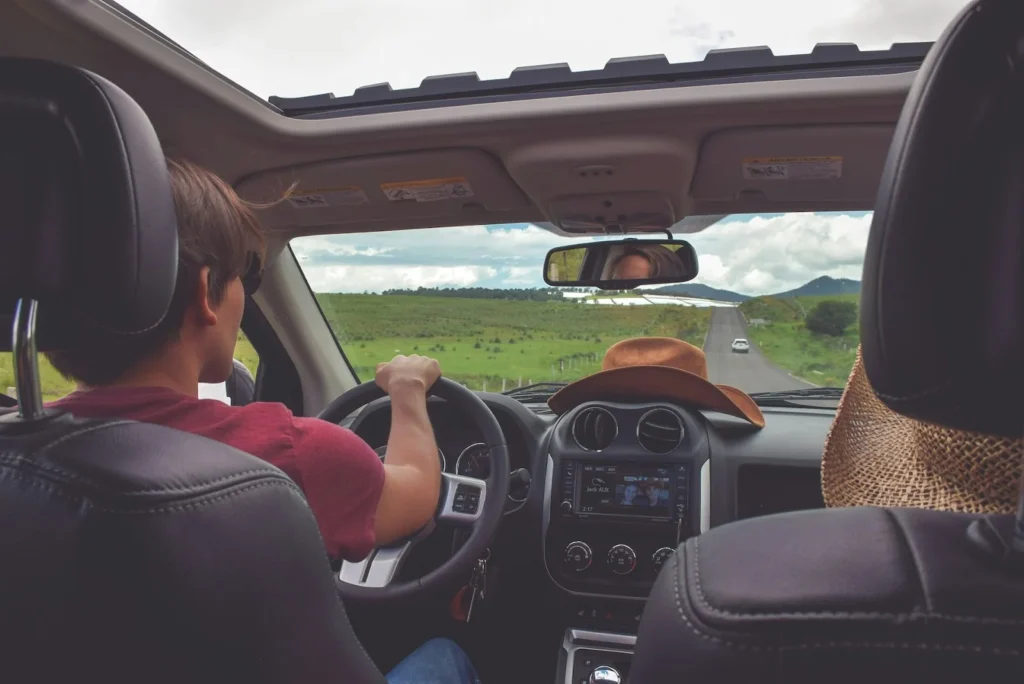Driving over long distances can be a delightful chance to explore new locations and enjoy the freedom of the road. Still, it also brings its own difficulties and dangers. For all drivers, no matter if they are going on a trip across the country or simply covering big ground for work purposes, keeping themselves safe on highways is very important.
Being well-prepared and aware is very important for a good journey. This guide provides crucial advice for long-distance driving to keep you safe on the highway.
Ensure You Have Adequate Car Insurance
Before embarking on any adventure, make sure that you have adequate car insurance. Car insurance acts as financial security in case of accidents, theft, or damages to your car as well as possibly covering medical or liability costs – providing much-needed peace of mind to drivers on the road.
Ensuring your policy conforms to local laws and regulations while also meeting your needs can be tricky. To do so successfully, consult either a car insurance company or better yet, a reliable broker. Always search for a local insurance broker. For instance, if you live in Halifax, look for reputable insurance brokers in Halifax who can tailor coverage and a quote specifically for you.
Additionally, consider getting extra coverage for roadside help, particularly when going on lengthy trips where this can be very useful. Keep in mind that it’s not just unsafe but also against the law to drive without insurance in many locations.
Plan Your Route and Stops
Planning the route ahead is an important part of long-distance driving. You can use trustworthy navigation tools or apps to plan your journey, noting down the best routes and how long it should take for you to drive there. Make sure to include regular stops for resting, refueling, and freshening up in your plan.
Fatigue is the main reason for accidents on highways, so rest every two hours for at least 15 minutes. Also, know the places where you can stop that are safe and easy like rest stops, gas stations, or cafeterias and diners.
Check Your Vehicle
Your vehicle’s condition plays an important part in a safe trip. Before you embark on your journey, take your car to the mechanic. They’ll do an in-depth check and if everything is ok, they’ll give you the green light to proceed with your trip.
There are some things you can check up on on your own. For instance, look at the tires to make sure they have enough air and are not worn out. Check oil and coolant levels, and confirm your lights and signals work well. Additionally, check the board in front of you for any signals.
You should also have an emergency kit in your car. This can contain things like an extra tire, jack, and jump-start cables as well as a flashlight plus a first-aid pack with some simple tools. Maintaining your vehicle’s good condition plus having it checked before embarking on any trip may help avoid breakdowns or mishaps.
Stay Focused and Avoid Distractions
Staying focused when driving your vehicle is extremely important, especially on long trips. Distractions could turn out to be fatal, hence reducing them to a minimum is very important. This implies refraining from texting or using your mobile phone unless it has a hands-free feature. If not, you better find a safe spot to stop and then text or call.
Before you start driving, set up the GPS, music, rear-view mirror, and seatbelts, and only then begin. Avoid eating while driving. Instead, try having a meal in between driving, while you’re taking a break. Make sure to have a balanced meal to give you enough energy for the remainder of the trip.
Try to have light conversations with your passengers. This way, you’ll remain alert, preventing you from falling asleep. However, avoid conversations that will bring tons of laughter or quite the opposite – anger.

Observe Speed Limits and Road Signs
Speed limits and road signs are present for your safety and the safety of others using the road. Remember to follow speed limits, especially on highways as higher speeds can lead to more serious accidents. Observe changing speed limits, particularly in construction areas or zones with high traffic.
Pay attention to road signs that give important details about exits, road state, and risks. Using cruise control can help keep a constant pace and save on fuel usage, but never stop being watchful and prepared to take over if the situation on the road alters.
Stay Hydrated and Rested
Driving long distances can make your body and mind very tired. To avoid getting worn out, it’s important to drink enough water and get good sleep. Make sure you have lots of water and healthy food with you for energy. Avoid meals that make you feel heavy and sluggish.
If you start to feel tired, don’t force yourself. Go to a safe spot for rest or even take a brief nap if needed. Having a good restful sleep the night before you start is very important. Being tired can make your responses and thinking slower, increasing the risk of accidents. It may be helpful to listen to interesting music or audiobooks that keep you awake too.
Bottom Line
Staying safe during long-distance travel takes preparation, awareness, and discipline. By following the tips in this article, you can help minimize the risks associated with long-distance driving – not only increasing personal safety but also making the experience more pleasurable and stress-free.
Road safety is everyone’s shared responsibility. Make sure to remember these measures to enjoy driving with peace of mind and confidence.









